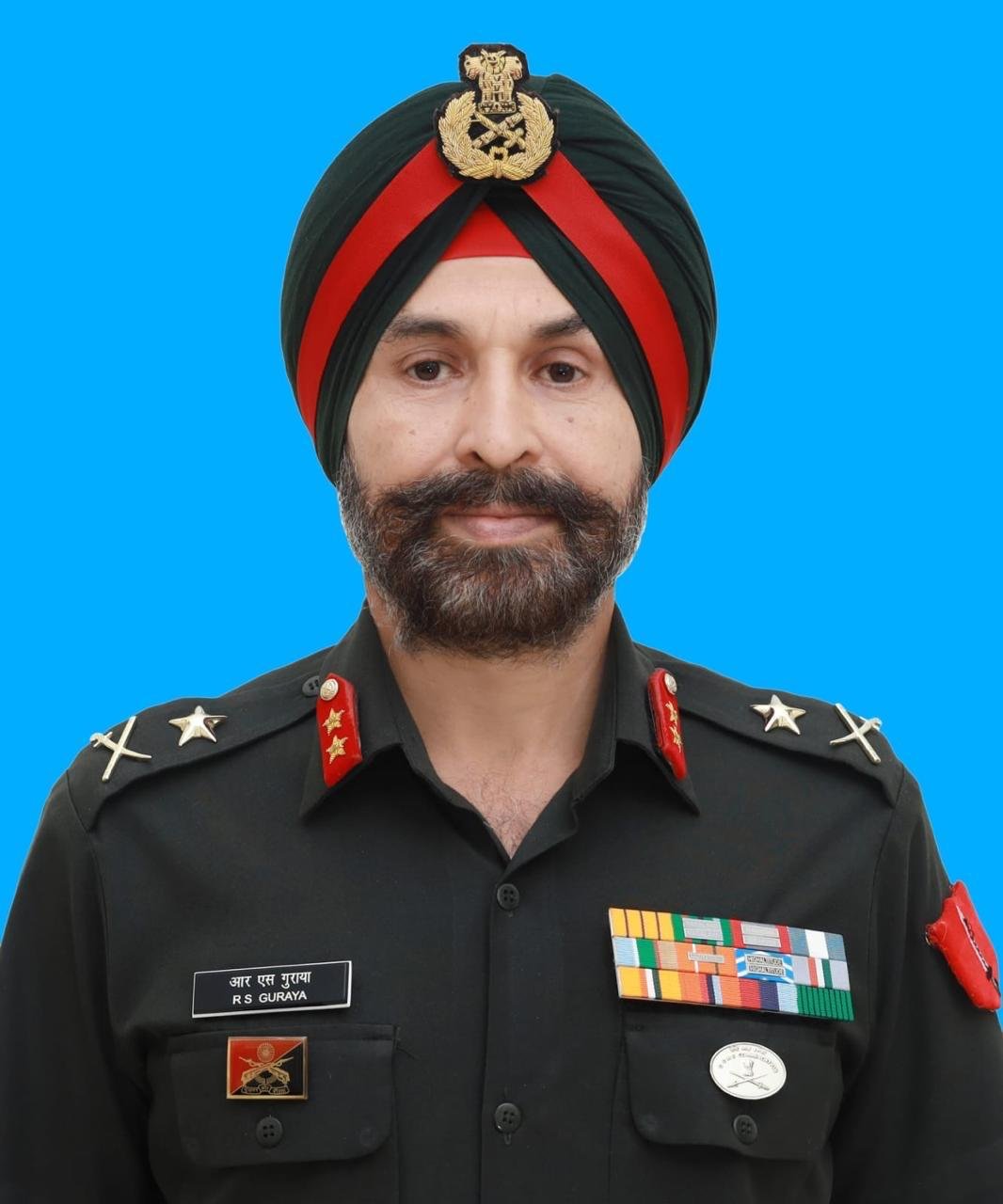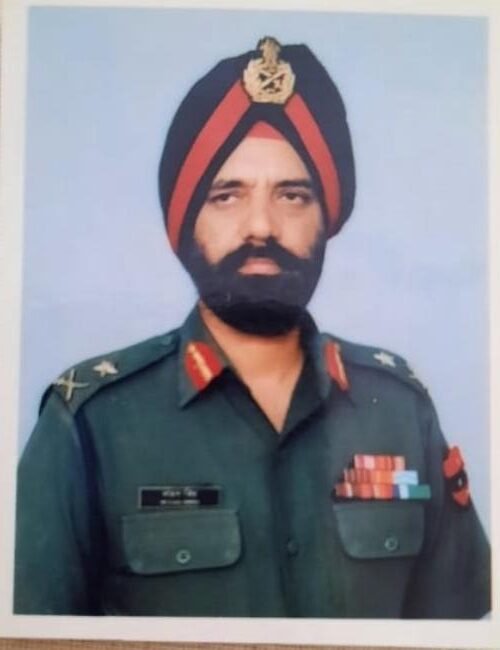Rahul Singh
rahul.singh@hindustantimes.com
NEW DELHI : India will have to evolve its model of theaterisation to fight future battles and it could involve the creation of three to four theatre commands for effective command and control of the three services and pursuing national objectives, said two leading experts on jointmanship or co-ordination and integration in terms of strategy, capabilities and execution across the three services.
As the country’s first chief of defence staff (CDS), the mandate given to General Bipin Rawat includes facilitating the restructuring of military commands for optimal utilisation of resources by bringing jointness in operations, including through establishment of theatre commands. The government expects the CDS to achieve key jointmanship targets in three years.
Setting up theatre commands is critical as the military has too many service commands handling a single adversary, said Lieutenant General Satish Dua (retd), who was the senior-most military officer handling all tri-service affairs until October 2018.
“Take the case of Pakistan. We have a total of seven commands taking care of the western neighbour. In my view, India needs to create three theatres — northern, western and southern — with tri-services assets to protect its interests,” he said. The northern and western theatres would take care of China and Pakistan, respectively, he said.
Theaterisation refers to placing specific units of the army, the navy and the air force under a Theatre Commander. Such commands will come under the operational control of an officer from any of the three services, depending on the function assigned to that command.
Creating theatres would involve merging the existing commands and the department of military affairs under the CDS will have to adopt a cautious approach to avoid turbulence that could accompany the restructuring, Dua said.
“Some existing commands can be merged now and some in phases to avoid turbulence,” Dua said.
Dua was intricately involved in promoting jointness in the military before retiring as Chief of Integrated Defence Staff to the Chairman, Chiefs of Staff Committee on October 31, 2018.
The military would require four theatres to execute its missions, with two commands assigned the role of handling China, said Lieutenant General Vinod Bhatia (retd), who heads the Centre for Joint Warfare Studies, a think tank set up by the defence ministry 12 years ago.
Bhatia was part of the Lieutenant General DB Shekatkar (retd) committee whose recommendations on military reforms are being implemented by the government to make the armed forces more effective. The committee is among the several panels that have recommended the appointment of CDS.
“We can have two theatres for China (north-western and north-eastern), one for Pakistan (western) and a fourth one for peninsular India (southern). The country’s geography requires two theatres for China, even though the northern adversary has only one theatre for India. That’s because the geography on their side is different and allows excellent connectivity all along the border,” he said.
Both Dua and Bhatia said the theatre commands could be headed by the best officers from any of the three services.
The two experts said the model of theaterisation formulated by other leading militaries such as the United States and China would not work for India and the country would have to come up with its own mission-specific theatres.
On Wednesday, Rawat said he would work towards creating theatre commands to prepare the military for future battles, adding that India’s armed forces need not necessarily imitate the models devised by western militaries for this.
The US department of defense has 11 combatant commands, each with a geographic or functional mission. The ones tasked with defending American interests across geographies are the Africa Command, Central Command, European Command, Indo-Pacific Command, Northern Command and Southern Command.
Similarly, the Chinese People’s Liberation Army has five theater commands — eastern, southern, western, northern and central, with its western theater handling the entire border with India.
“The Indian model will have to be different because we are not an expeditionary military. The US model, for instance, doesn’t look at their own wars; it looks at others’ wars.
Our model will be based on our security needs and I am confident that its implementation can kick off within three years,” said Dua.
Bhatia concurred that the country would have to devise its own theaterisation model as other global models would not work in the Indian context because “the threats and challenges we face are vastly different.”
Commenting on theaterisation on Wednesday, Rawat said, “We can have our own system. We will work out a mechanism. We have to study and work with the three services to come out with a mechanism that suits the Indian system.”












































































